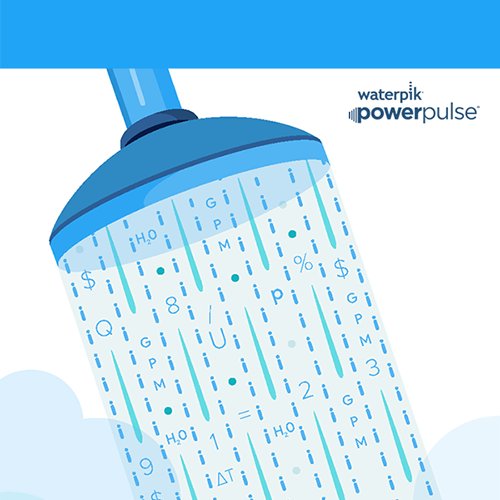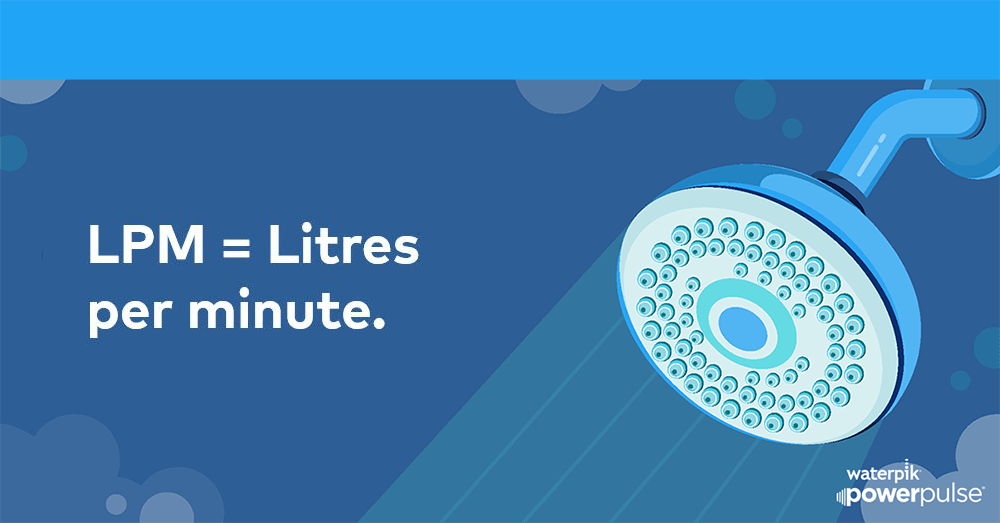:: ParamList ::
exec w1.GetBlogInfo
@DomainName = '.ca' ,
@Language = 'en-US' ,
@BusinessUnit = 'SH' ,
@BlogCategory = '__ALL__' ,
@BlogType = 'Support Article' ,
@BlogURL = 'why-does-my-shower-have-low-water-pressure' ,
@Brand = '__ALL__' ,

Low Water Pressure In Your Shower
Existing Shower Head, Low Water Pressure
If your shower head's water flow is weak, low water pressure in your home or a clogged shower head might be the cause.
1. Check Whole House Pressure
If multiple fixtures in your home suffer from low water pressure, you may have a whole-house water pressure issue. Contact a qualified plumber for assistance with determining the problem and identifying the best solution.
Common problems include a faulty pressure regulator, leaks in the water main, or issues with the main shut-off valve. If your area has low water pressure, the plumber might suggest a water pressure booster. This is a pump system that connects to your water supply and increases low overall water pressure.
2. Clean the Shower Head
Mineral deposits and other buildup can decrease shower performance. Try cleaning the shower head nozzles and filter. See our Top 3 Tips for Cleaning Your Shower Head for more information.
New Shower Head, Low Water Pressure
If you just installed a new shower head and noticed that the water flow is weak, a stuck washer or a lower flow rate may be the issue.
1. Check for Washer
A washer may be remaining in the shower pipe from your previously installed shower head.
To check this, remove the shower head. Using a pencil or similar object, probe the shower pipe to see if a washer is stuck up inside the pipe.
2. Check New Shower Flow Rate vs. Old
The Energy Policy Act of 1992 created federal regulations that limit flow rates for shower heads. State and local governments also enforce their own standards. Measured in gallons per minute, or GPM, these flow rates represent the maximum amount of water allowed by law to flow through your shower head.
Depending on where you live, the maximum flow rate for shower heads today can be as low as 1.8 GPM (6.8 l/min). This may be the reason your new shower head offers less pressure.

A 2.5 GPM (9.5 l/min) shower head sprays out two-and-a-half gallons of water every minute while your new 1.8 GPM (6.8 l/min) shower head uses less than two. In fact, a 1.8 GPM (6.8 l/min) shower head uses 28 percent less water per minute. That means you could detect a change in the spray. And, if your old shower head is from before 1992 or earlier – when the standard was 3.5 GPM (13.2 l/min) or even 5.0 GPM (18.9 l/min) – the difference in water pressure in your shower may be distinct.
According to the Environmental Protection Agency, the average American household uses 40 gallons (151.4 litres) per day for showering, representing 17 percent of indoor water use.1 Given a growing population of more than 300 million people, the need to conserve will increase, and flow rate standards will likely continue to decrease.1 United States Environmental Protection Agency, https://www.epa.gov/watersense/showerheads (retrieved January 6, 2018).